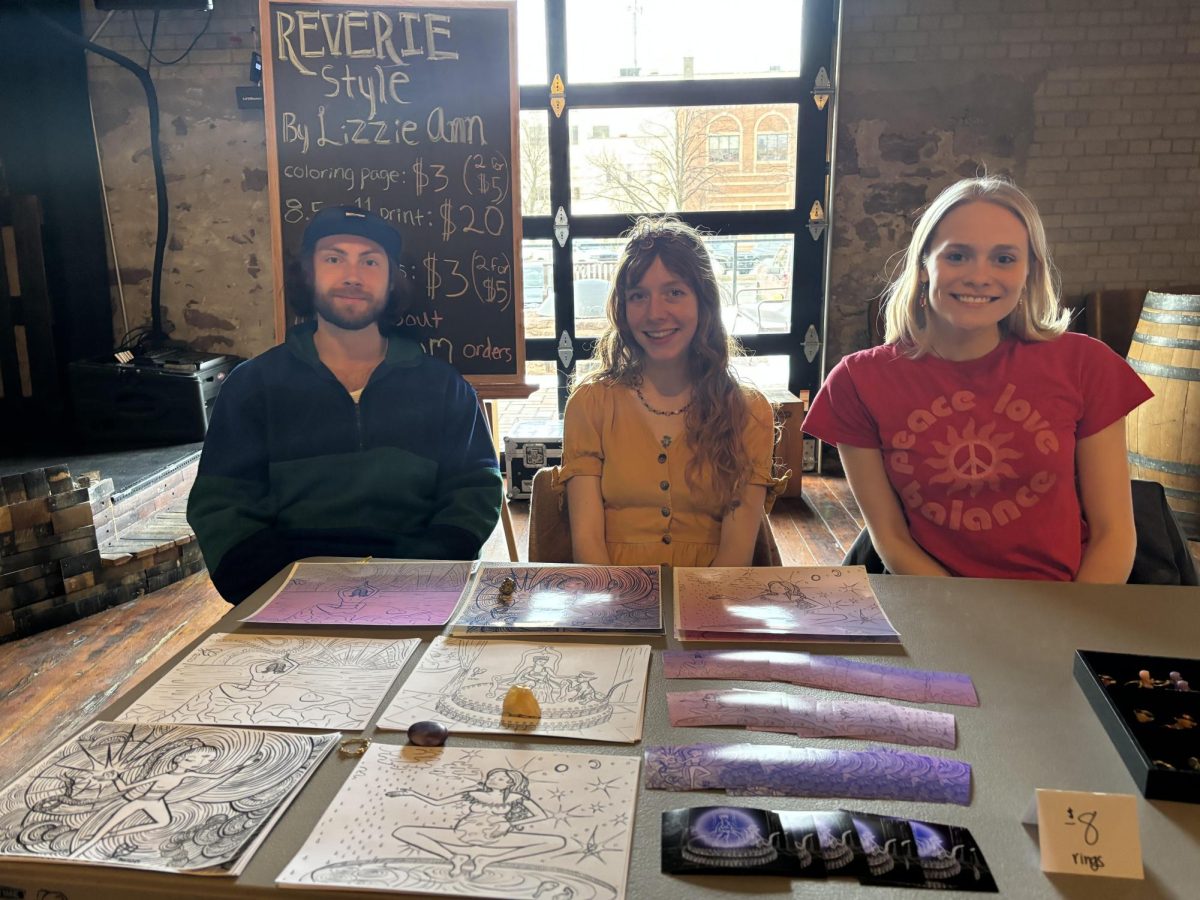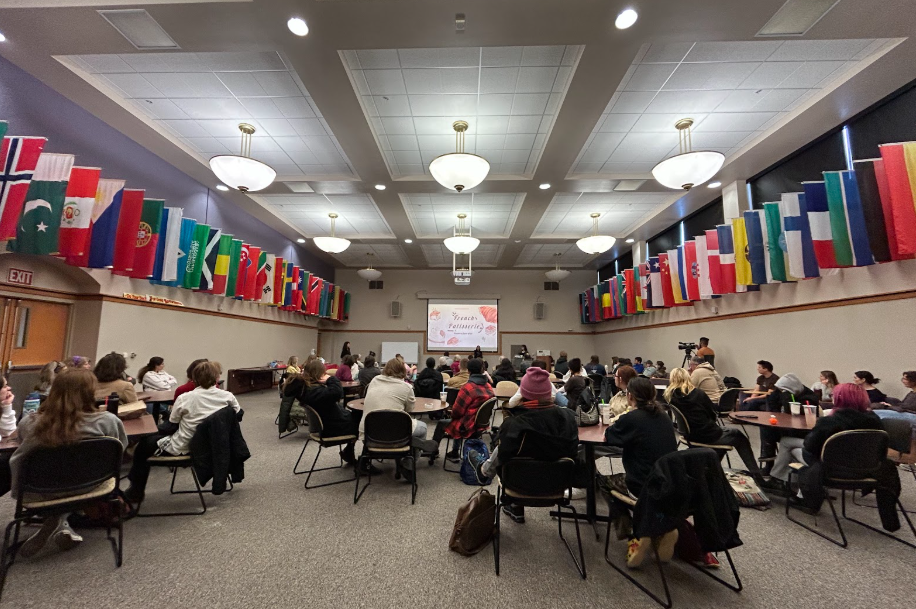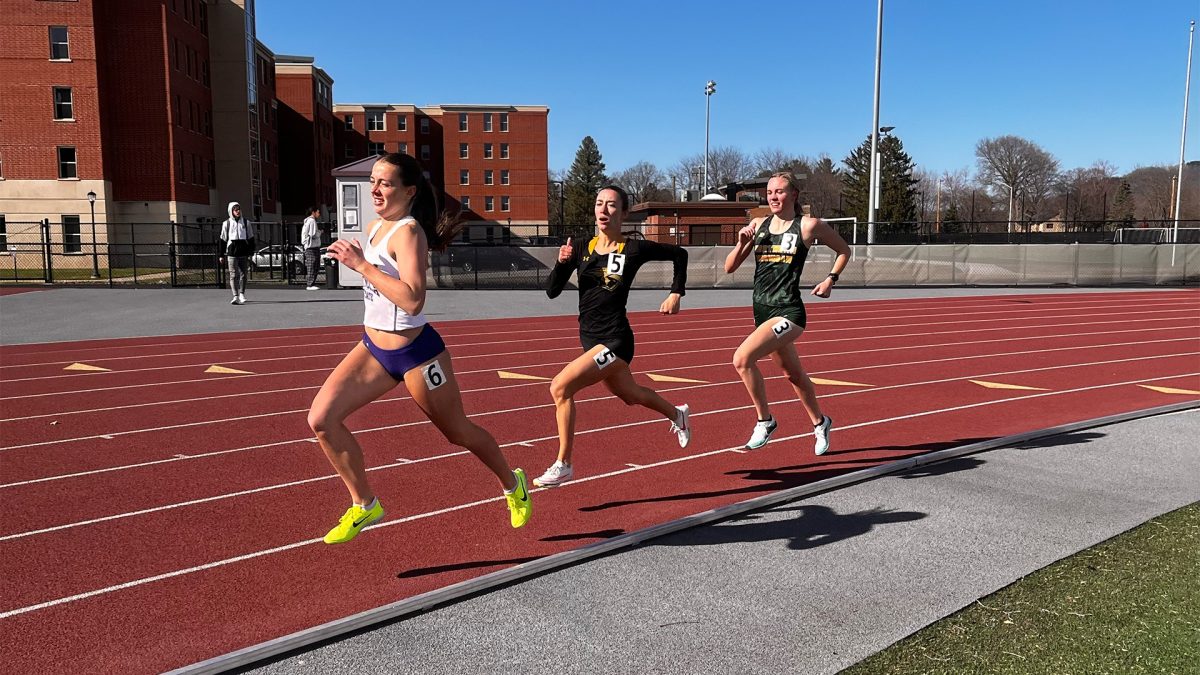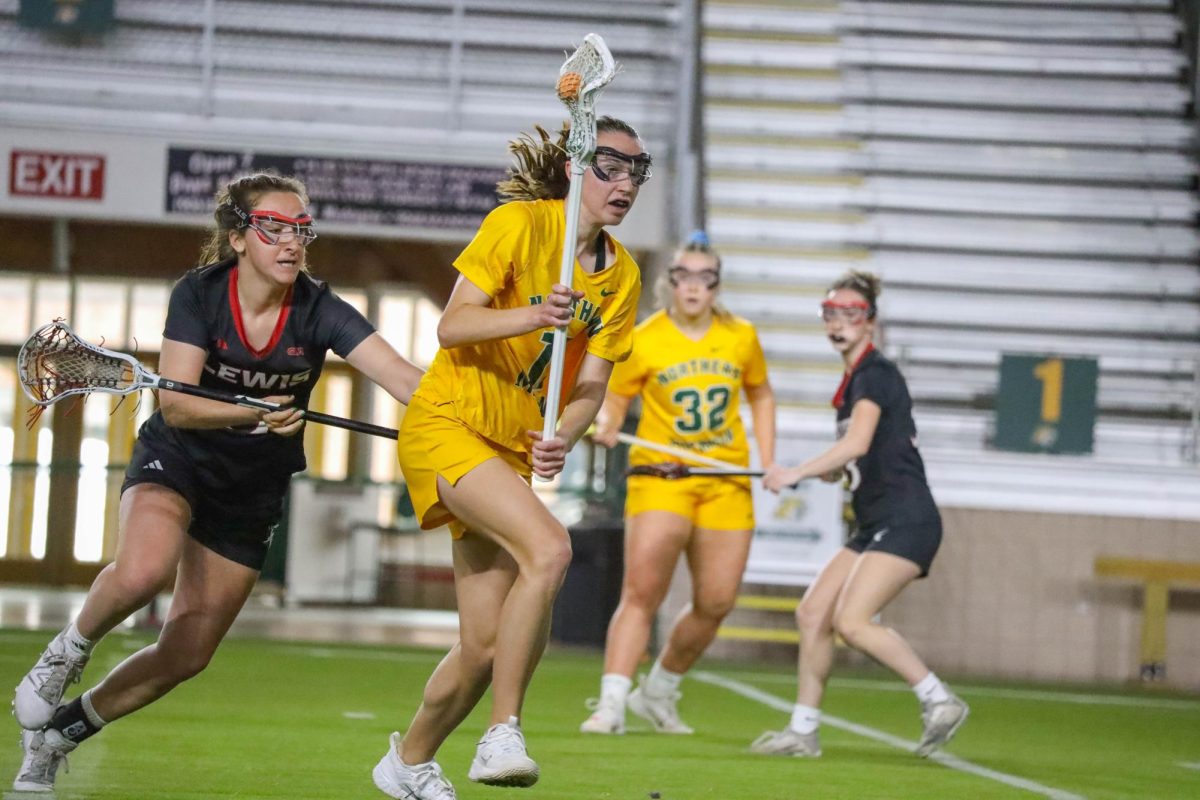Story: “Rogue One: A Star Wars Story” offers a modernized eye into a galaxy far, far away.
This grounded and small-scale story takes us back to the establishment of a young rebel alliance in search of Death Star plans and a goal to destroy the Empire space station. Opening without the distinctive “Star Wars” scroll, we learn quickly that director Gareth Edwards, also known for his direction of “Godzilla,” is looking to create a highly anticipated stand alone anthology within the parameters of the “Star Wars” world.
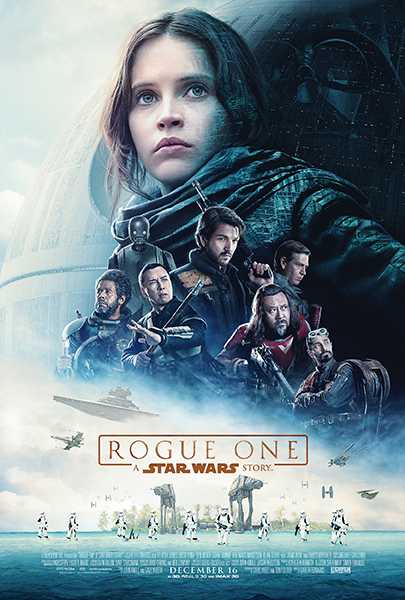 The events that take place within this film are a preamble of “Star Wars episode IV—A New Hope.” In efforts to retrieve Death Star plans Jyn Erso, played by Felicity Jones, and a group of founding alliance members bounce from planet to planet in a valiant effort to try and turn the tide and halt a battle against the Empire.
The events that take place within this film are a preamble of “Star Wars episode IV—A New Hope.” In efforts to retrieve Death Star plans Jyn Erso, played by Felicity Jones, and a group of founding alliance members bounce from planet to planet in a valiant effort to try and turn the tide and halt a battle against the Empire.
Characters: All action and no investment. The character progression in Rogue One was lacking. Aside from protagonist Jyn Erso, while assembling the rebel alliance force many backstories are brushed over with missing pieces scattered within the sphere of unmentioned character plot points.
Leading male Cassian Andor, played by Diego Luna, is also missing key components that give a strong leading role the right to shine. This can leave viewers confused and waiting between action scenes when the storyline is a bit slower.
An armored and torn Forest Whitaker, originally introduced in “Star Wars: The Clone Wars” with his rebellion hungry character of Saw Gerrera, returns to offer patriotic dialogue in-between action sequences. A C-3PO spin off character, K-2SO, voiced by Alan Tudyk, offers light humor and ease throughout the film. Much like C-3PO does in the previous films, K-2SO offers quick one-lined wit and builds on jokes only returning audience members would find humorous. Where was Darth Vader?
Given the period in the “Star Wars” timeline, Vader is still alive during this rogue space battle leaving many viewers hopeful to see much more of him. Yet he only appears in frame twice, for rather short scenes. A much heavier influence by Vader would’ve subsidized other flawed characters, thus tremendously strengthening the film as a whole.
Style: The Computer Generated Imagery (CGI) has a vibrance all on its own, flowing seamlessly throughout the action-packed and suspense-filled movie.
Producers also offered stand-alone set pieces that were entrancing to watch cascade across the theater screen. The CGI is well imprinted and interwoven in the overall progression of the story; stronger elements of CGI were displayed within the beach, planet and space scenes of the film. The visual art used in “Rogue One” is a character in itself.
The background music heard throughout the film is also an effort to define its individuality within the “Star Wars” world.
Elements of John Williams’ original theme song can be heard in the “Rogue One” theme, but it also carries a unique sound that allows it to stand apart from previous movies soundtracks.
Verdict: Most viewers, die-hard or otherwise, are looking for action and booming sound that carries a nonstop adventure. Though lacking in character progression, Edwards’ directing
delivers an attention-keeping story and a fairly strong, stand-alone message: “Rebellions are built on hope.”
This closing line is delivered by Carrie Fisher as Princess Leia, instilling a feeling of hopefulness and empowerment for the rebel forces. While making a few strong, funny references to the original series for generational fans, the film is approachable to even the newest “Star Wars” viewers. Though somewhat flawed, this story is strong enough to stand on its own.











